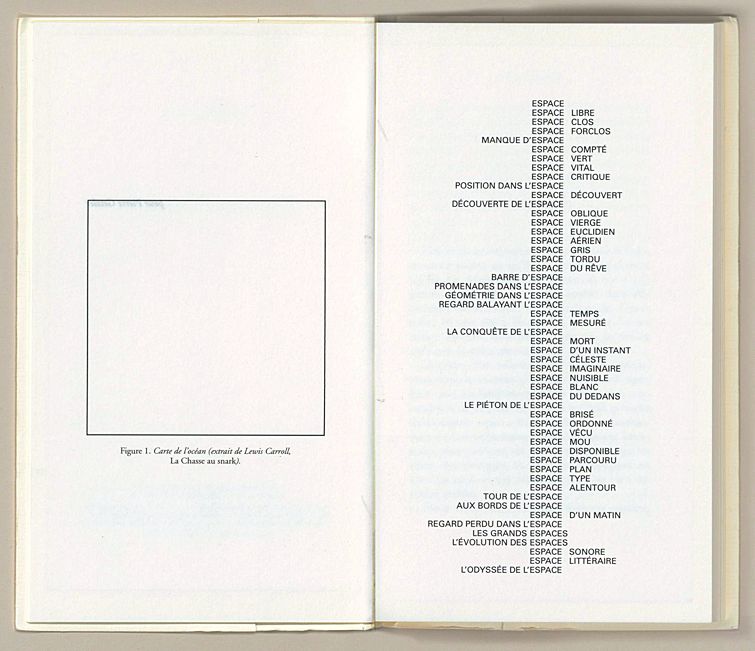hejduk | 2018 |
August 2018 | Michael Meredith | Lists and Lists and . . . Find and Tell Canadian Centre for Architecture |
|
After spending days with folders upon folders, what seems urgent about his work is how you can feel someone within it, within a body of work. Hejduk is the opposite of corporate professionalism, or mechanical rationalism. He is a thinking architect—with false starts, dead-ends, desires, stammerings, stutters, experiments, and brilliant inventions all on display. Nowadays so many aspire toward becoming an entrepreneurial office, toward instant commercial success, or toward being Internet-and-Instagram famous. Hejduk represents the reverse of this. He was looking inward as much as outward. He was more interested in finding something meaningful. And I feel like I know some part of him through his work. I am sure he wanted success, wanted to have important ideas, and wanted to be at the same level of those he admired. But he was an architect, artist, and a poet by being himself—even, or especially, when he was at his most architecturally mannered, disciplinary, and formal. As I became more and more obsessed with lists and list-making, I Googled. I asked friends and historians. I couldn’t find a definitive text on the technique of lists in art or architecture, so I assembled a small bibliography from various recommendations. Lists are part of conceptual art, administration art, seriality, positivism, math art, post-WWII literature and art. Still, the format feels urgent and contemporary. Lists are how we communicate through fragments, how we code, how we schedule things, how we . . . Whenever I see lists in art they are either positivist or absurd . . . or both. They simultaneously collect and disassemble. They treat language as physical matter, a piling up of words. They have a quality of exhaustion.
| Eventually, it is time to leave the CCA. It is impossible to know where you will end up once you start looking at things, and one thing we found in the vaults was an old cassette tape with unknown contents labelled “Hejduk”. Out of curiosity I asked the CCA to digitize it, and a few weeks later I received a link. It turned out to be a strange and brilliant conversation between Peter Eisenman and John Hejduk. I have listened to it a few times, and am listening to it as I write this. Hopefully the CCA put it online. The conversation is amazingly weird, like overhearing a phone call between good friends talking about ideas, fighting, and making fun of each other. The recording stops abruptly after an hour, left incomplete. But while listening, it becomes clear that both architects live within a world of ideas and of culture—one that they are trying to contribute to. For better or worse, this world—their world—is the world of lists: of ideas, of history, of bibliographies, of archives.
Michael Meredith was in residence at CCA in March 2018 as part of Find and Tell, a program that promotes new readings that highlight the intellectual relevance of particular aspects of our collection today. |
|
|
|
|
|
www.quondam.com/57/5718n.htm | Quondam © 2020.11.19 |
